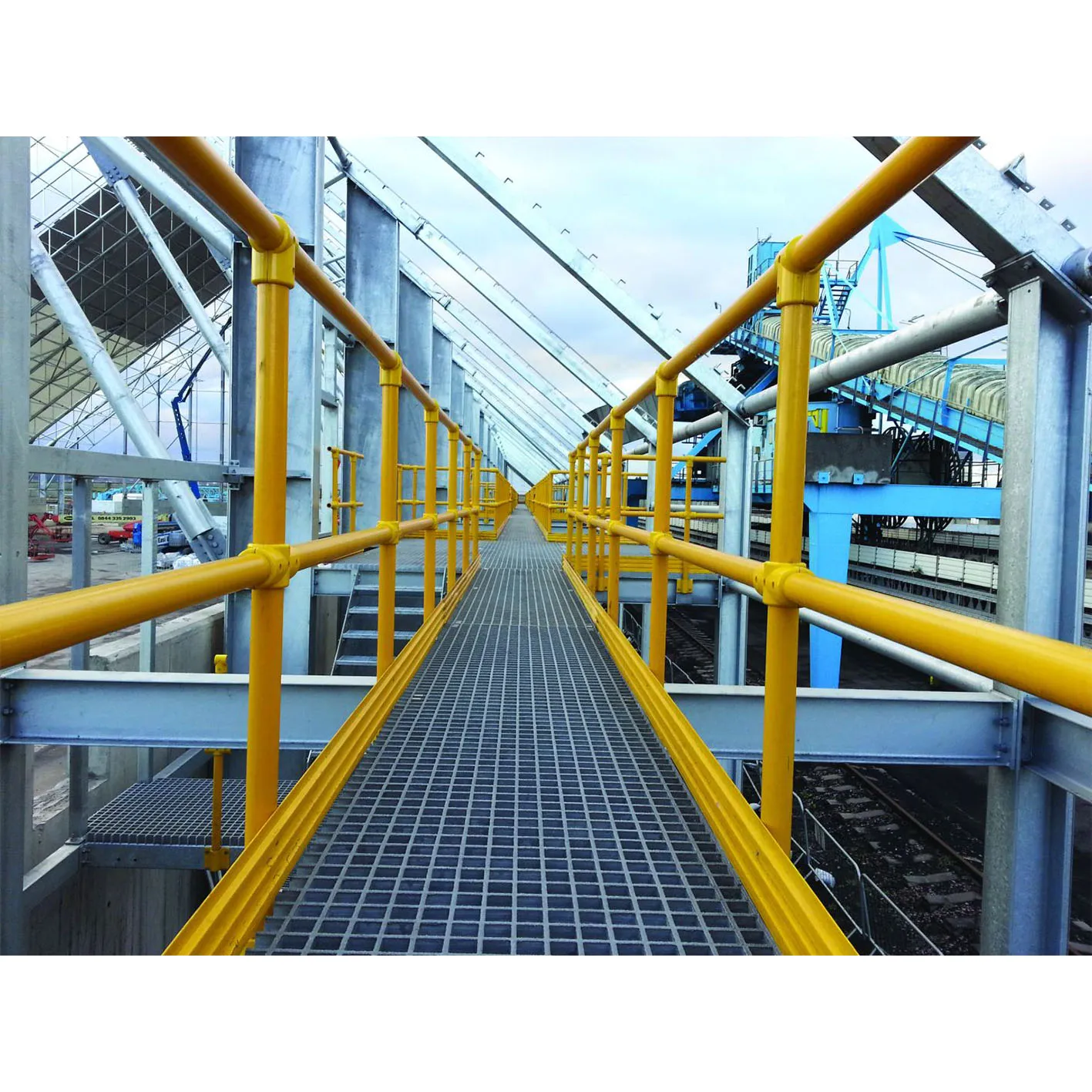loading...
- No. 9, Xingyuan South Street, Dongwaihuan Road, Zaoqiang County, Hengshui, Hebei, China
- admin@zjcomposites.com
- +86 15097380338
- Welcome to visit our website!
Exploring Innovative Structural Designs of FRP Materials for Enhanced Performance and Durability
Understanding FRP Structural Shapes Properties, Applications, and Advantages
Fiber Reinforced Polymer (FRP) has emerged as a transformative material in the construction and engineering sectors. Its unique properties make it an ideal choice for a variety of applications, from bridges to buildings, and even in the aerospace industry. In this article, we will explore the different shapes of FRP structural elements, their advantages, and their applications across various fields.
What are FRP Structural Shapes?
FRP structural shapes are components manufactured from composite materials that consist of a polymer matrix reinforced with fibers, such as glass, carbon, or aramid. These shapes can be molded into various forms, including beams, columns, and plates, to meet the structural requirements of different applications. The versatility in shape production allows for tailored solutions that can address the specific challenges faced by engineers and architects.
Properties of FRP Structural Shapes
1. Lightweight One of the most significant advantages of FRP is its lightweight nature. Compared to traditional materials like steel or concrete, FRP shapes can drastically reduce the overall dead load of a structure, making it easier and more economical to handle during construction.
2. Corrosion Resistance FRP exhibits excellent resistance to corrosion, which is particularly beneficial in harsh environments, such as chemical plants, coastal areas, and wastewater treatment facilities. This property extends the lifespan of FRP components, ultimately leading to reduced maintenance costs and improved safety.
3. High Strength-to-Weight Ratio The fiber reinforcement provides FRP with exceptional strength, allowing it to withstand high loads even at reduced weights. This characteristic makes it suitable for applications where structural integrity must be maintained without adding excessive weight.
4. Thermal and Electrical Insulation FRP is a poor conductor of heat and electricity, making it an attractive option in environments where thermal and electrical insulation is required.
Applications of FRP Structural Shapes
1. Bridges FRP shapes are increasingly being used in bridge construction due to their lightweight and corrosion-resistant properties. Using FRP in bridge decking, girders, and railings can lead to longer service life and lower maintenance requirements.
frp structural shapes

2. Buildings In the construction of buildings, FRP shapes can be used for beams, columns, and facades. Their aesthetic flexibility allows architects to create innovative designs that can also deliver structural performance.
3. Aerospace and Automotive The aerospace industry has adopted FRP in various forms, from structural components to interiors, due to its lightweight and high-strength characteristics. Similarly, the automotive sector uses FRP for parts to achieve greater fuel efficiency.
4. Marine Applications The marine industry benefits from the corrosion resistance of FRP, using it for components like hulls, decks, and interiors. The durability of FRP shapes ensures that they can withstand harsh marine conditions while maintaining performance.
Advantages of Using FRP Structural Shapes
The shift toward adopting FRP structural shapes in various industries is fueled by several advantages
- Reduced Construction Time The lightweight nature of FRP allows for easier handling and installation, leading to reduced construction times.
- Cost-Effectiveness Although the initial investment in FRP may be higher than traditional materials, the long-term savings associated with maintenance, durability, and lifespan justify the cost.
- Sustainability FRP materials can be manufactured with recyclability in mind, contributing to more sustainable building practices and a lower carbon footprint.
Conclusion
FRP structural shapes represent a significant advancement in materials science, offering a combination of lightweight, high strength, and corrosion resistance that outperforms traditional materials in many applications. Their versatility and efficiency make them highly desirable for construction, transportation, and aerospace industries. As technology continues to evolve, the use of FRP shapes is anticipated to grow, driving innovation and sustainability in structural design and engineering.
-
Transform Your Spaces with FRP Grating SolutionsNewsNov.04,2024
-
The Versatility and Strength of FRP RodsNewsNov.04,2024
-
The Excellence of Fiberglass Water TanksNewsNov.04,2024
-
The Benefits of FRP Grating for Your ProjectsNewsNov.04,2024
-
Elevate Your Efficiency with FRP Pressure VesselsNewsNov.04,2024
-
Welcome to the World of FRP Pressure VesselsNewsOct.12,2024
-
Unveiling the Future of Filtration: Why FRP Filter Vessels are a Game ChangerNewsOct.12,2024
